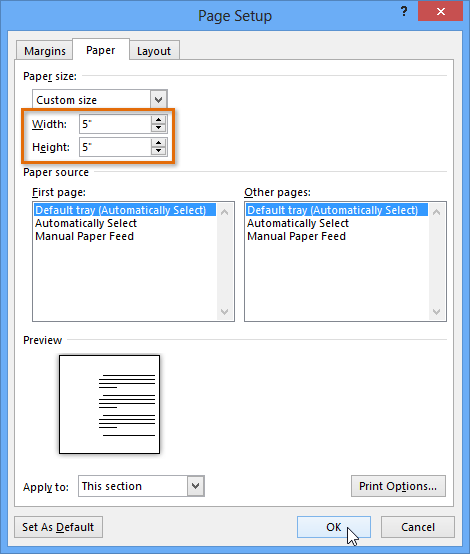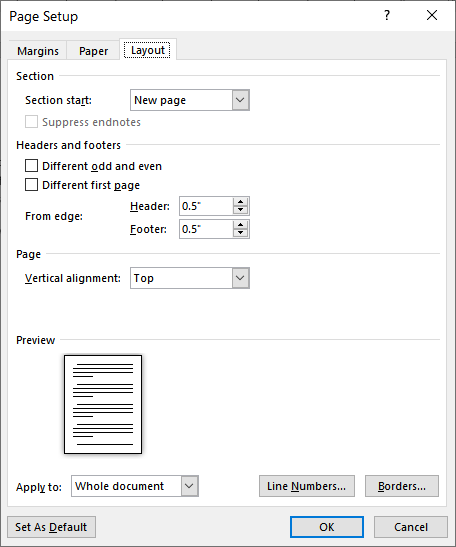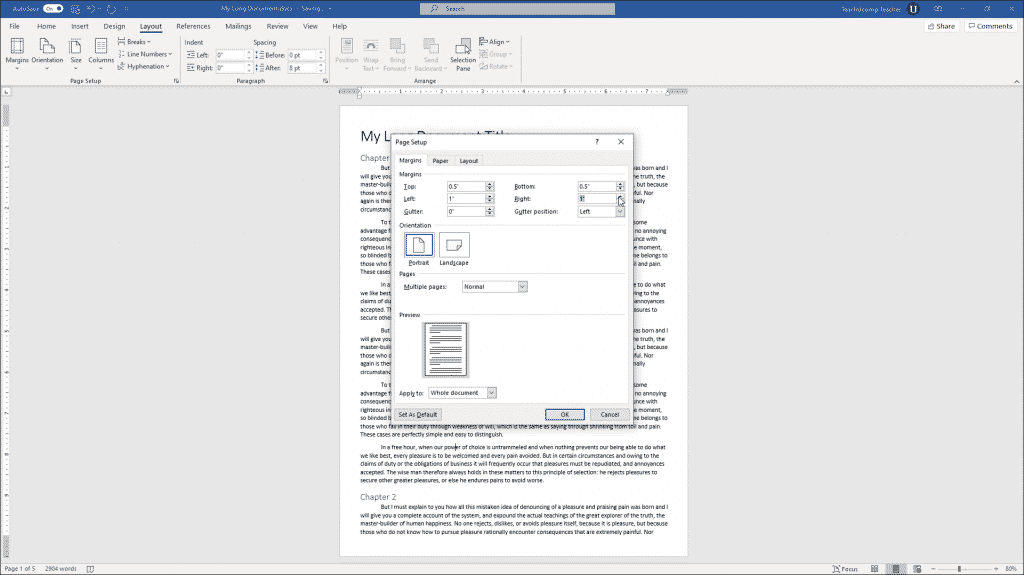
In the “Page Setup” window that appears, customize your margins and then select “Set As Default” in the bottom-left corner of the page.

2: In the Page Setup window, select the orientation you need in Oriention section, and choose Selected text in Apply to. 1: Select the entire page that you want to change the orientation, then click Page Layout> Margins and select Custom Margins. In the drop-down menu that appears, select “Custom Margin.” Change orientation of one page in Margins. To do so, select “Margins” in the “Page Setup” group of the “Layout” tab. If you’re finding yourself using the same custom margins over and over, instead of setting the margins each time you open Word, you can just set your custom margins as the default. Once you’re done, select “OK” to apply the changes. Simply adjust the margin by selecting the up or down arrow next to the option. Setting the gutter margin works the same way as setting the page margin. The gutter margin is generally used in facing-pages layouts (known as “Mirrored” in Word) and refers to the area of the page that is rendered unusable or unviewable due to the binding process. This increases or decreases the page margins by 0.1-inch increments. Under the “Margins” section, you can adjust the top, bottom, left, and right margins by clicking the up and down arrows next to each option. Then in the Page Setup button group, click the Margins drop-down.

To set margins in Word, first click the Layout tab in the Ribbon. You can set margins in Word to adjust the margin size of your Word documents. Change the paper size from the 'Size' menu.

The “Page Setup” window will now appear, in which you’ll automatically be in the “Margins” tab. Note that all margins are shown in inches.


 0 kommentar(er)
0 kommentar(er)
